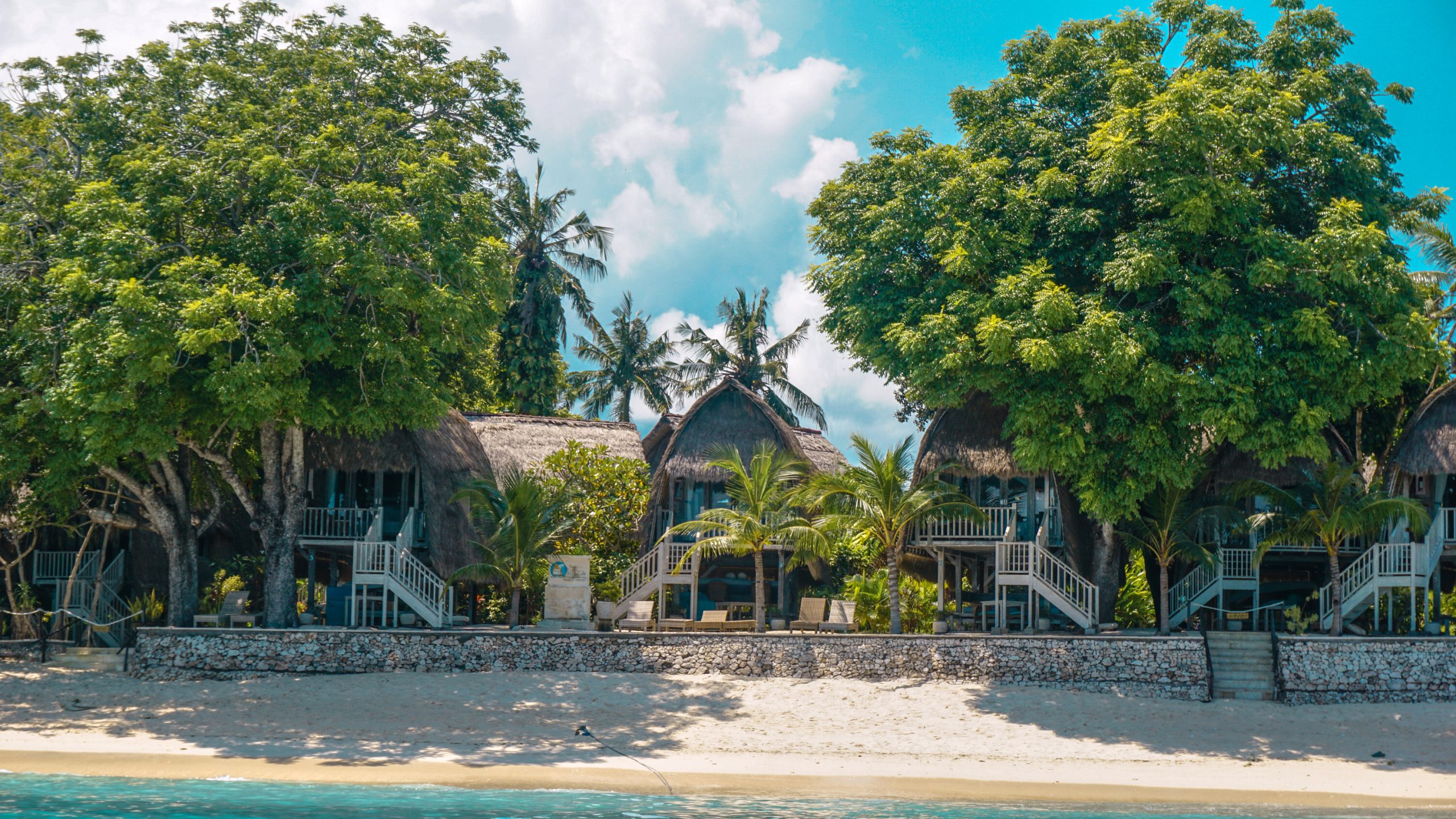Maret 9, 2023
MARI KITA TEMUKAN “LUMPUNG PADI” BERSAMA DI HAI TIDE BEACH RESORT



Let’s discover “Rice Barns” together at Hai Tide Beach Resort this month.
We are proud of our award-winning resort, this month we would like to share a little history behind the design and the accommodations at Hai Tide Beach Resort with you.
Bali known worldwide as the “Island of Gods” is rich in cultural history, breathtaking volcanic views, paddy farm landscapes, white sandy shores, crystal clear waters and so much more.
This wonderful destination has so much to offer visitors, we want to share some of the architectural history behind the design of Hai Tide Beach Resort with all our amazing fans.

When Hai Tide Beach Resort, formerly known as Hai Tide Huts on Nusa Lembongan was built in 1997, we wanted to incorporate a bit of cultural history into the design and development. Hai Tide Huts started off with 6 Lumbungs and two communal bathrooms with shared facilities.
Gradually over the years and due to the popularity of Hai Tide Huts we added more Lumbungs, we now have a total of 24 Lumbungs of which 8 are beachfront and 16 having garden or pool views.
In 2012 we started planning an upgrade and transitioned with rebranding Hai Tide Huts to Hai Tide Beach Resort. We white washed our Lumbungs for a lighter and more elegant beach feel and changed the interior. Bathrooms, with showers, toilets and basins were added for comfort and privacy. We also built 3 x 2 Bedroom Pool Villas to accommodate larger families.

We all love Bali and the Balinese culture of the island. That’s why everyone falls in love with the island, the people, places, and experiences, so they keep coming back!
Each year over 6 million international tourist visits this lovely island of ours, so we wanted to maximize the experience for all our guests.

We found it only fitting to have our award-winning resort reflect that richness and history, fusing the traditional housing structures with modern day luxury by adding all the mod cons like air-conditioning, safety deposit boxes, tee/coffee making facilities, mosquito nets and much more. Having the true experience of the Lumbung (Rice Barn) accommodation within a beach resort setting overlooking the crystal-clear waters of Mushroom Bay, and the landscapes of the surrounding islands. It doesn’t get any better than that!
Who knows what a Lumbung actually is?
Let’s share some history on these special “huts” with you
Lumbung – (Rice Barn)
A rice barn is a type of barn used worldwide for the storage and drying of harvested rice. The designs, usually specialized to its function, and it may vary between countries or between provinces. Rice barns in Southeast Asia appear quite different from rice barns found in other parts of the rice cultivating world.

Bali is known for its remarkable rice field scenery and farming, we all have seen the pictures.
A rice barn structure, usually built on stilts with its variations, is common throughout Indonesian archipelago.
Rice barns in Indonesia (known as lumbungs) are built on four poles, usually stand between 1½ meter and 2 meters up from ground level. The upper storage area often has a distinct omega shape created by bending flexible framing of split bamboo or betel nut trees to support the roof. The roof is generally covered with alang-alang grass and the sides are made of woven, split bamboo (called pagar). The pole support structure beneath the raised, is open with no walls. A floor or platform is constructed of wood and bamboo about 1/2 meter above the ground. This lower platform provides a convenient, shady place for people to sit and relax. In many traditional villages this lower sitting area is a meeting place for village residents where both business activities and social interaction commonly occur.

In vernacular architecture of Indonesian archipelago barns are made of wood and bamboo materials, and roof usually made from dried grass, palm leaves, or ijuk (Arenga pinnata fibers), and most of them are built raised up on four or more posts to avoid rodents and insects. The styles could be differed according to each Indonesian architectural style. The omega shaped curved roof is typical Sasak style of Lombok Island.
Now there you have a bit of history on the accommodations at Hai Tide beach resort. We hope you love it as much as we do.
We pride ourselves in the upkeep and maintenance of our pristine resort and Lumbungs each year, and are very proud of how far we have come in the past 25 years. Hai Tide Beach Resort fully complies with all International Health Regulations, all of our staff are 100% vaccinated and we offer contactless check-in for the safety and comfort of all our valued guests
We hope to welcome you to our resort soon, where sunsets and sunrises are unmatched, blue waters kissing the white shores, food is spectacular, and faces are friendly.


1 Adult, 0 Child, 0 Infant
Adult
Child
Infant


1 Adult, 0 Child, 0 Infant
Adult
Child
Infant
